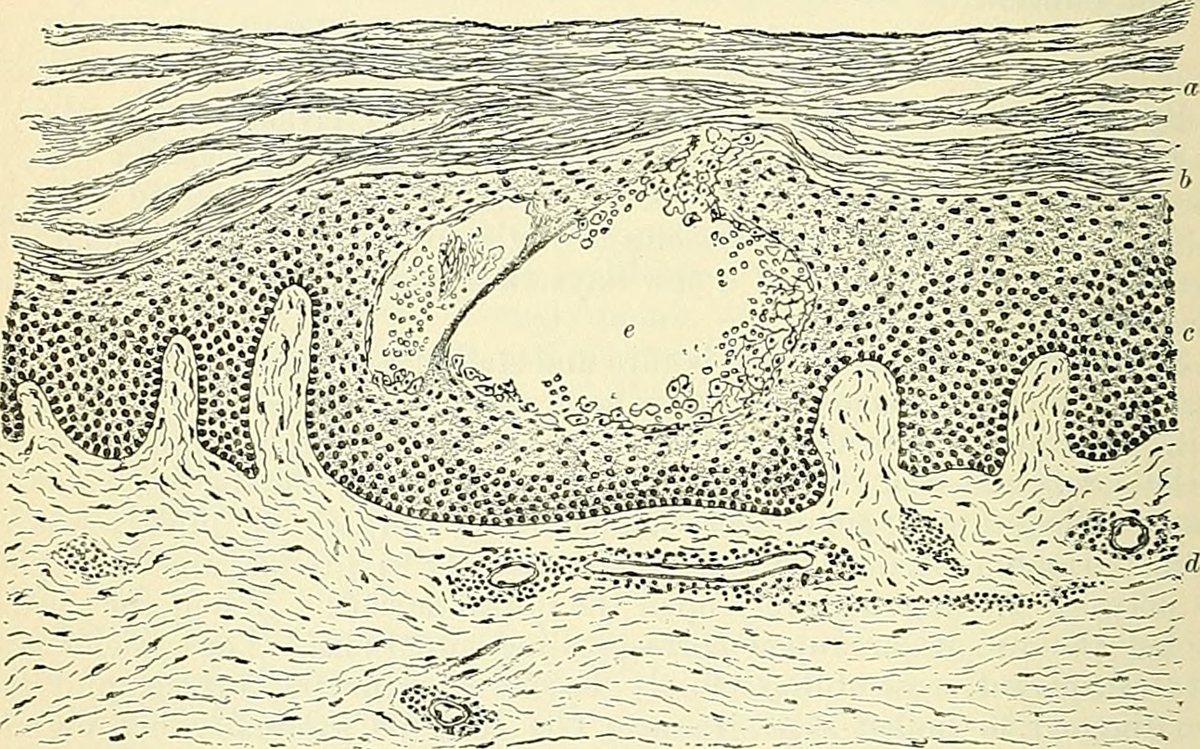
Oral Herpes Problem
Signs and symptoms of herpes infections are not always seen when people get infected. However, when they do appear, they usually last for a bit longer than 10 days. An inflammation of the mucosa of the cheek and gums is a symptom of oral infection which occurs most often. The inflammation is medically called acute herpes gingivostomatitis and if it develops, it happens in the period of no more than 10 days after the infection. Headache, nausea, dizziness and ulcers are some of the other signs of herpes infections that may occur. Fever and sore throat are possible as well.
Herpes simplex virus has two types and recurring oral infection is seen more often in patients infected with type 1. Eight stages of symptoms are seen almost always. The first stage is called a latent stage and it may last for weeks and even months until first symptoms are seen. The second stage is called prodromal and it precedes a recurrence. Tingling sensation and reddening of the skin at the infected site are the main characteristics of this stage and they last for a couple of days. On the first day of recurrence an inflammation is present as the virus starts reproducing and attacking the cells located at the end of the nerve. On the second and third day the fourth stage called pre-sore commences. Pre-sore stage is characterized by small and inflamed papules that usually cause pain and itchiness upon touch. At this time the blisters will lead to the development of a cluster on the lip tissue. Open lesion is the fifth stage and it most often occurs on the fourth day. This is considered to be the stage that causes most pain. Open lesion is also the most contagious of stages. The small papules break open and merge in order to make one great ulcer. Fever is often seen at this stage. A crust will start to form during the fifth and the eight day and that is the main characteristic of the sixth stage. The crust forms from blood serum. At this stage the healing process starts. It is vital that the person does not pick at the crust. The seventh stage is called healing and it occurs between ninth and fourteenth day. As the virus moves towards latency, new skin begins to grow underneath the scab. Irritation and itching are always present during the healing process. The final stage is known as post-scab and it happens during the final days of the recurrence of herpes infection. During the period of regeneration of damaged cells, the skin will appear red.How can oral herpes be eliminated?
First of all, the experts have still not found the cure for herpes simplex virus. However, various remedies exist and they will help a person relieve the symptoms and prevent the recurrence of an outbreak.
A saturated fatty alcohol called docosanol is often used as a topical application for herpes labialis in adults. Both safety and effectiveness are guaranteed with this application but only those with a properly functioning immune system should use it. Prescription topical antiviral agents have the same effectiveness as docosanol. The risk of drug resistance is a possibility, though the chances of it occurring are small. The healing time of blisters can be speeded up with the use of certain antiviral, anesthetic or non-treatment creams like zinc oxide or zinc sulfate. Some antiviral medications like acyclovir and penciclovir can be used for the speeding up of the healing process as well.
Preventing an outbreak of blisters is better than treating them. Not touching an active outbreak site is one of the best ways of prevention. Washing the hands as often as possible during the outbreak, not sharing any of the items that come in contact with the mouth and not kissing or having oral sex with those who are already experiencing an outbreak is essential. Contact sports should also be avoided for as long the outbreak lasts.

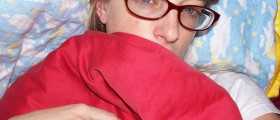
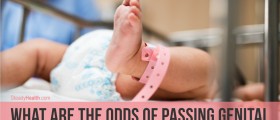
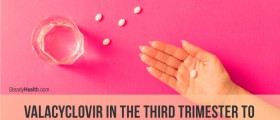
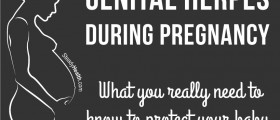

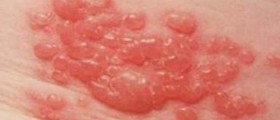
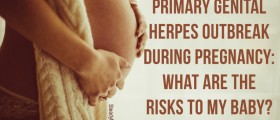
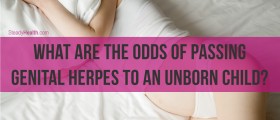
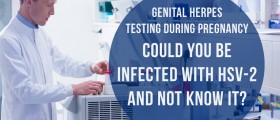
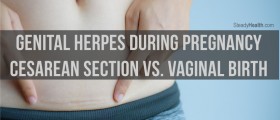

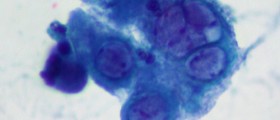

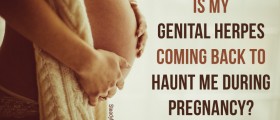

Your thoughts on this
Loading...